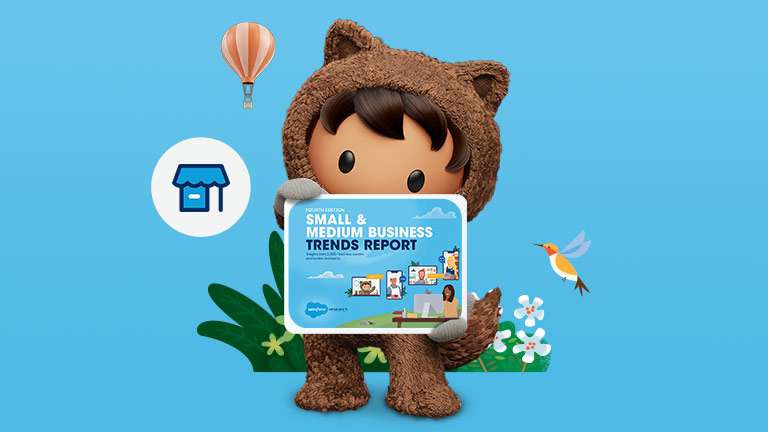Businesses of all sizes are working hard to recover from the COVID-19 pandemic. The global disruption prompted owners to reimagine how they do business in a new, digital world. And while some organisations are thriving in the current market, others are struggling to stabilise. For instance, small businesses may not have the same access to resources and information as their larger counterparts.
To help small businesses bounce back from the crisis, we've put together an overview of how to invoice electronically and get you paid while social distancing.
Invoices are a fact of life for any business owner. Whether you sell goods or charge for services, invoicing is the process by which your business gets paid. Invoicing also proves invaluable for bookkeeping, project tracking, and tax purposes.
Below, we explain what to do before sending an invoice, how to follow up on unpaid invoices, and everything in between.
WHY DO YOU NEED TO INVOICE?
Businesses rely on invoices for four key reasons, most of which, serve to build trust with your customers:
- An invoice lets your customer know it’s time to pay for goods and services rendered.
- Keeping track of goods and services, e.g., time of transactions and the amount paid. This is critical for tax purposes.
- Invoices show proof of purchase and delivery. This protects both parties in a dispute, for warranty claims, or attempts to return goods for a refund.
- Tagging your invoices with customer reference numbers creates a record of your relationships. This is useful down the line for everything from cross- and upselling to creating a customer loyalty program.
Invoices are also easy, subtle ways to boost your branding, marketing, and customer service efforts. We’ll come back to that in a moment.
BEFORE YOU INVOICE: QUOTES AND SOWS
Agreeing on the price and terms of a deal before work begins can save a lot of headaches later. A quote or statement of work (SoW) outlines the costs and what the client can expect when signing a contract with your business. It also includes when both the work and payment are due. A proposal, also known as an estimate, is a document that serves two main purposes:
- It provides a working outline of the project, including the costs.
- It's a written agreement that you and your customer can refer to should any disputes arise down the line.
Before any work commences, you need to draft, agree upon, and submit the invoice to your client. It should also include these elements, at minimum:
- The goods and/or services provided by you.
- Expected date of delivery.
- Total costs for the customer and mode of payment.
- Payment due date.
Quotes can go a long way towards establishing good working relationships with clients. Start by laying out all of the money-related details upfront so everybody knows what to expect from the beginning. Quotes also help protect both parties should disputes arise over any aspect of the project scope or payment terms.
THE DETAILS THAT MAKE A GOOD INVOICE
Invoices need to include the basics we outlined above. And with a few simple additions, you can optimise your invoices to serve multiple purposes without much effort on your part.
- Branding: Brand your invoices with your company name, at minimum. Consider adding a small logo and tagline to your invoices to emphasise your brand identity and values.
- Contact Info: Make it easy for customers to contact you. Include your address, email address, phone number, and website and social media information on your invoices.
- Reference Numbers: Establish a simple numbering system to keep track of which documents go with which customers and projects. Tag quotes and invoices with a customer number and individual invoice number to make it easier for you and your customers to refer back to them down the line.
- Payment Terms: Specify the terms of payment due on each invoice, even if you’ve already agreed to them prior to working with the client. Get familiar with common payment terms including PIA, Payment upon Receipt, and Net. Let customers know what forms of payment you accept. This includes any additional fees associated with processing credit cards or other payment types.
AUTOMATE YOUR INVOICING
You should be doing all of your invoicing on the screen, not on paper. Paper-based invoicing costs more time, money, and resources than electronic invoicing. Template-driven invoices delivered via email are easy to use, fast, and cheap to deliver (No paper! No stamps! No contact!).
That said, invoicing software can be a small business’ best friend. Automations handle invoicing, follow-ups, and acknowledgements for you while also tying into your back-office systems. Getting set up with the right invoicing system can save you time and money. It also cuts down on errors and keeps your customers updated with timely invoice-related communications.
DON’T BE AFRAID TO FOLLOW UP
Tracking down unpaid invoices isn’t fun. But it’s a lot better than not getting paid for goods and services you’ve already delivered. Following up on unpaid invoices is part of doing business and it’s nothing you should feel afraid or nervous about.
Automated invoicing tools can send reminders to customers at specified intervals after an invoice has gone past due. Often, a reminder or two is all it takes for a customer to pay any outstanding bills. But should you need it, you can also set your system to let you when it’s time to email the customer personally.
In the wake of a global pandemic, we understand that many small businesses are trying to stabilise in this new digital world. To help businesses adjust to the current market, we’ve created a list of resources for small businesses in the EU facing the COVID-19 pandemic. Get everything you need to help recovery from this crisis.
Now that you know the basics of invoicing, use this template to make your sales quotes stand out from your competitors!





